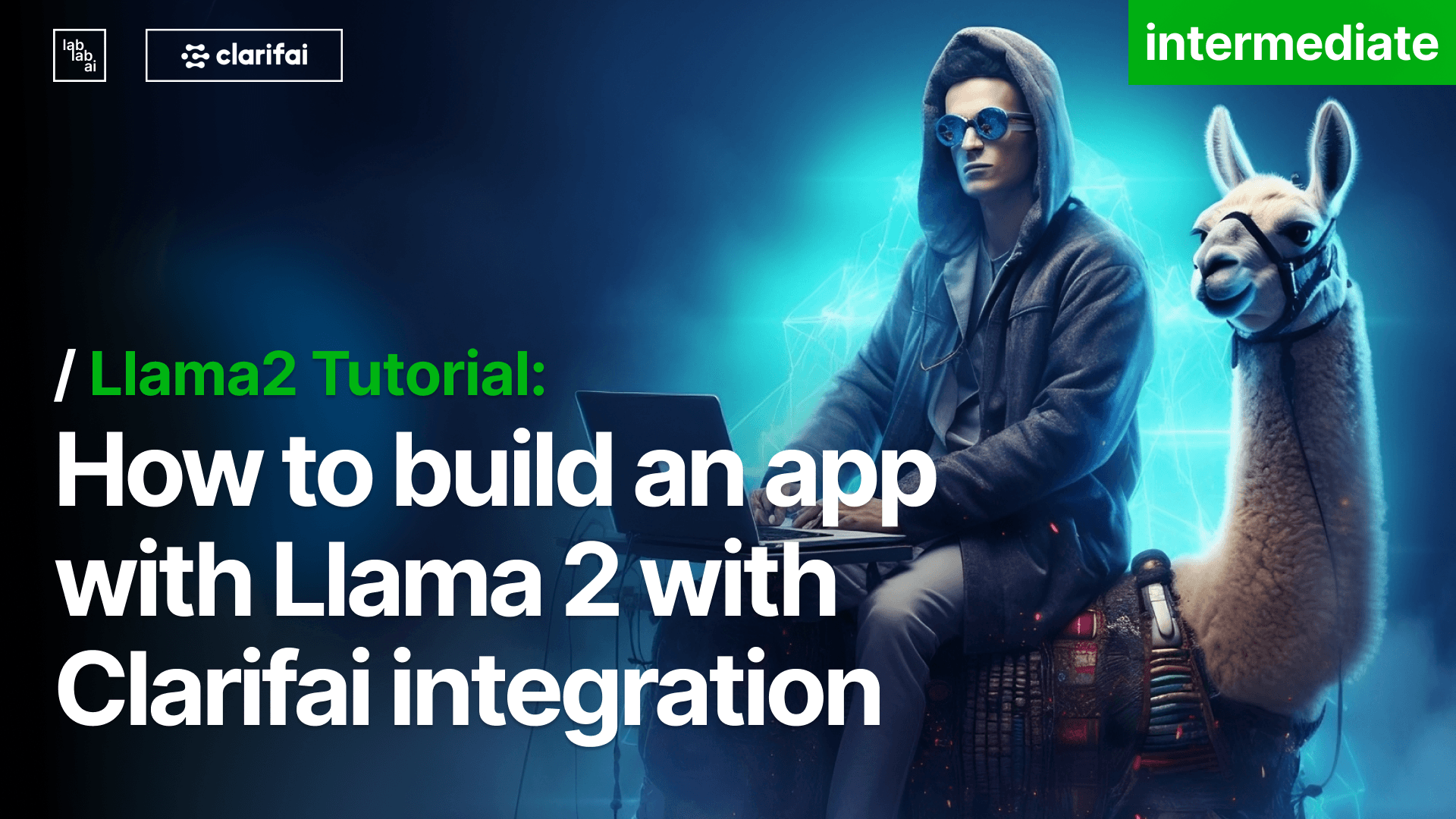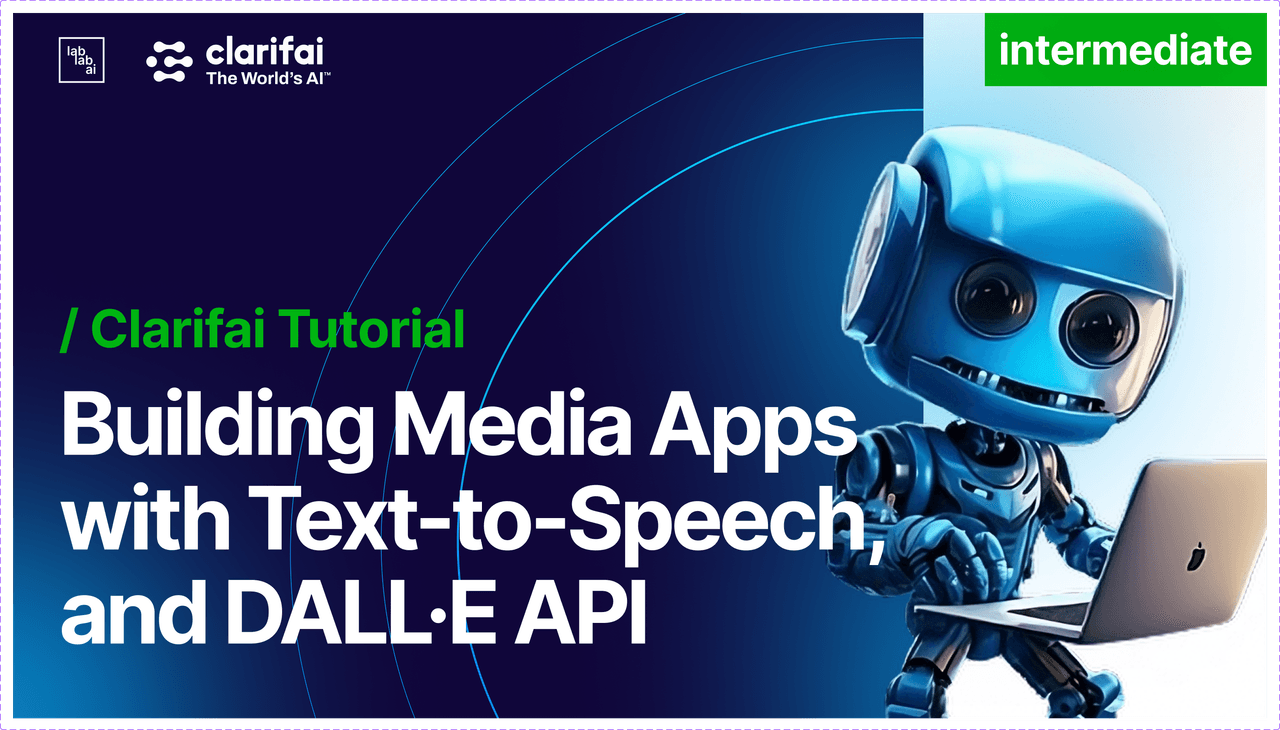Model Evaluation Tutorial with Clarifai
Model Evaluation Tutorial with Clarifai
What is Model Evaluation?
Before diving into the practical demonstration with the [Clarifai platform](https://www.clarifai.com/products/platform?utm_campaign=hack&utm_medium=REF&utm_source=lablab\), it's essential to understand the significance of model evaluation in the world of Artificial Intelligence (AI) and Machine Learning (ML).
Model evaluation is a crucial step in the machine learning lifecycle. It allows us to understand how well a model performs against unseen data, and whether it can make accurate predictions when deployed in real-world scenarios. The primary goal is to ensure that the model is not just memorizing the training data but truly learning from it.
There are various metrics and tools used in model evaluation, such as the confusion matrix, precision-recall curves, and many more. These tools provide insights into where the model is excelling and where it needs improvement. Regularly evaluating and fine-tuning your models ensures that you're getting the most out of your AI systems.
Now, let's see how Clarifai facilitates this evaluation process.
To get the most out of this tutorial, a foundational knowledge from the Introduction to Clarifai Tutorial is recommended.
1. Setting up for Evaluation with Clarifai
Step 1: Begin by creating an app for your desired classification, be it visual or textual.
Step 2: Upload your dataset to this app. For this demo, the CIFAR-10 dataset for visual classification and the IMDb dataset for text classification were used.
Step 3: Initiate a training job. The Clarifai system will guide you through the training process, aiding in the division of data into training and test sets.
2. Evaluating Your Model
Step 1: Once the training job is complete, navigate to the evaluation results page.
Step 2: Begin with the evaluation summary. This will list your concepts and key performance metrics. This snapshot provides a quick overview of how your model fared against the test data set.
Step 3: Dive deeper into the confusion matrix. This tool shows you where your model might be mistaking one concept for another, such as confusing dogs with cats.
Step 4: Interact with the dynamic features of the page. For instance, by selecting details of certain misclassifications, you can visualize the exact data samples where errors occurred. This insight can be instrumental in refining your model.
3. Understanding Precision-Recall Curves
Step 1: Navigate to the precision-recall curve section. These graphs illustrate the relationship between the precision and recall of your model at different threshold levels.
Step 2: Adjust the prediction threshold as needed. You'll notice that the metrics and curves update dynamically based on your chosen threshold. This real-time feedback enables you to select the optimal threshold for your application.
4. Evaluating Text Classification Models
Much like visual models, text models can be evaluated in the same manner. Using the IMDb dataset as an example:
- Navigate to the evaluation results.
- Examine the confusion matrix.
- Delve into specific misclassifications to understand the nature of the errors.
By iterating on your model with insights gained from these evaluations, you can continually refine its performance.
Conclusion
Regular model evaluation is vital for maintaining the efficacy of your AI and ML models. With platforms like Clarifai, this process is made seamless and intuitive, empowering you to maximize the capabilities of your models.
Lastly, if you're passionate about AI, consider joining the AI Hackathon! Dive deep, experiment, and build projects with AI models within a thrilling, limited timeframe.
Explore more AI Tutorials on the Clarifai Platform at lablab.ai.

